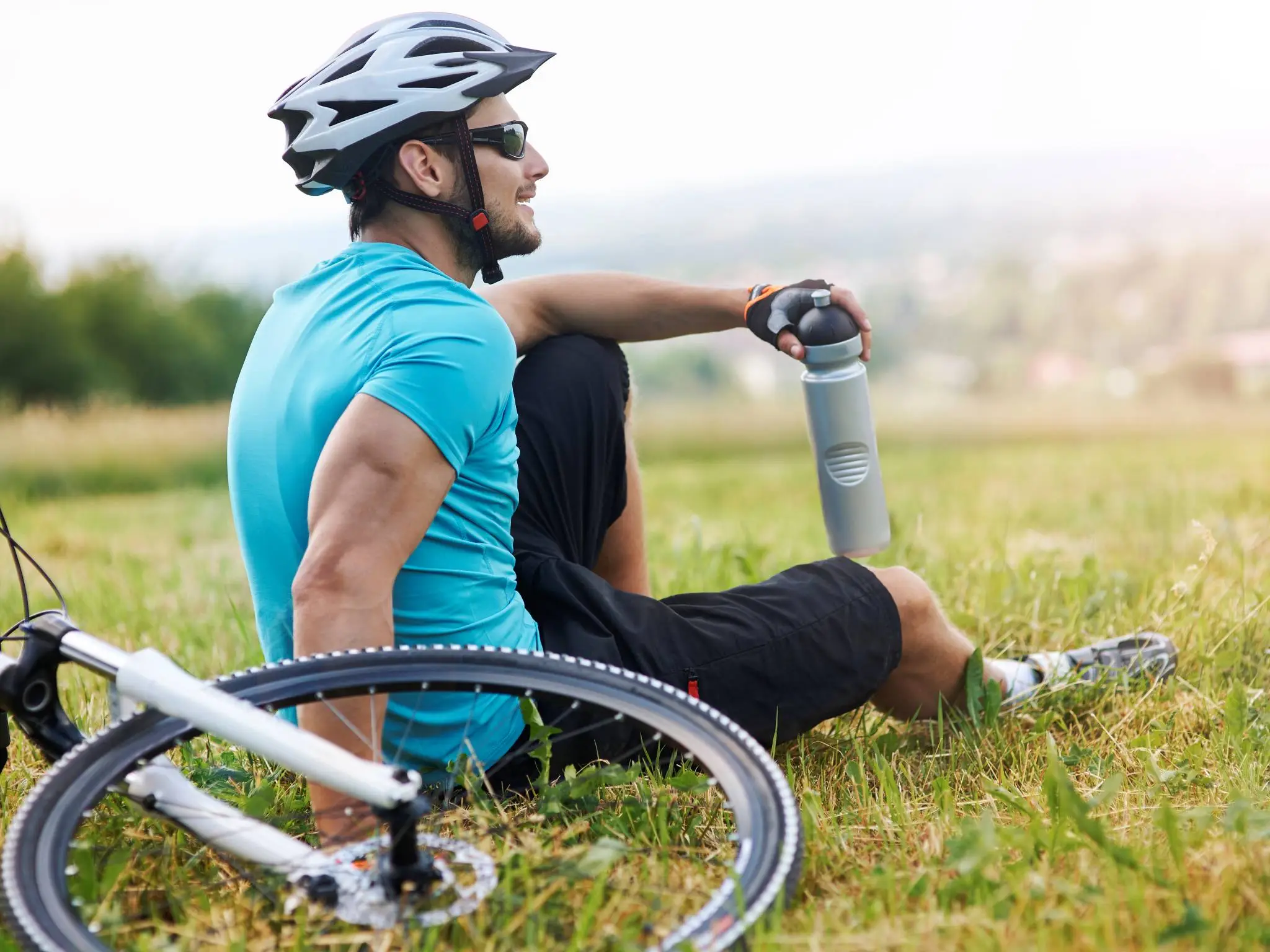Leading an active lifestyle can have many benefits, such as keeping muscles and joints strong. Exercise may also reduce bone loss and improve arthritis. Cycling is a low impact form of exercise, which is effective in recovering from certain leg injuries and pain like arthritis. It can strengthen the joints and muscles without putting too much strain on them.
Although it’s a good form of exercise known to be less stressful on the joints, it still presents opportunities to cause injuries, especially for those who cycle often. When your joints are inflamed and muscles are sore, the last thing you want to do is exercise. However, without exercise, it can lead to weight gain and weakness of muscles leading to further complications.
If you’re someone experiencing knee pains, consider investing in a knee brace as it will allow you to exercise with less pain. Some common injuries for cyclists are patellofemoral pain syndrome, IT band pain, runner’s knee, arch pain, plantar fasciitis, and Achilles tendonitis. Taking steps to prevent these injuries before they occur can save you a lot of pain and trips to the doctors’ office. No matter what type of biking, cycling with a knee braces can reduce or eliminate pain caused by the repetitive stress of cycling on your muscles and joints while minimizing the risk of further injuries.
Choosing the right knee brace that fits correctly and fastens safely in place is important, as an incorrect knee brace can be uncomfortable or worsen current injuries. A knee brace should be designed to be flexible while helping your knee rotate and move in a correct manner.
Cycling with a Knee Brace
Knee braces can come in all shapes and sizes. There are basic braces for low level and short-term injuries, advanced ones for more serious conditions, pull-ups, wraps, and braces with hinges.
Here are three primary types of knee braces:
Traditional stability braces are for those who feel like their knees cannot support a lot of weight. The knee brace should have rigid structured hinges to add stability to the knee. The longer and stronger the hinges are, the more stability is added. Often, knee pain is due to muscle weakness or a strain in the medial collateral ligament or lateral collateral ligament. Lower end knee braces are typically sleeves with hinges added, while the more expensive ones can be made from several different types of hard material. The prices of the brace can vary depending on how much stability the knee needs. It can range anywhere from $80 to into the thousands.
Knee compression sleeves are more commonly worn as they’re the most comfortable and easiest to wear. Compression sleeves should work if you have general knee pain or swelling; however, they do not add stability to the knee. The purpose of compression sleeves is to increase circulation while decreasing swelling. A basic knee compression sleeve can range anywhere from $10 to $150.
You will most likely see different open or closed patella knee braces that provide different support for the kneecap. The third type of knee brace is specifically made to help reduce pain with patella femoral syndrome, which is the misalignment of the kneecap. The patella has a groove in the femur that runs on while flexing and extending the knee, which can become quite painful and uncomfortable due to reasons like muscle imbalance and overuse when the patella rubs on the groove. When this occurs, the knee cartilage is being worn away and can cause serious discomfort. The knee brace contains a column that runs along the lateral border of the knee cap, which can be different shapes depending on the manufacturers. The purpose of the patella knee brace is to keep the patella in place while it’s healing, reducing further damage and injuries. These braces can cost anywhere from $50 to $250.
Things to Keep in Mind
Other things to keep in mind are size and support. Some knee braces are a one size fits all, but to reduce your recovery time and prevent further pain, it’s better to consider a brace that fits you correctly. Choosing the right size can make a significant difference in the long run. Wearing your knee sleeve during and after activity, and while stretching will help improve flexibility and movement. It’s also important to keep in mind the amount of support a brace provides. You don’t want it to be too rigid or tight, which may prevent you from moving at all. There is a chance that overly tight knee braces can constrict blood vessels or nerves.
Each type of knee brace produces similar benefits, including reducing pain and inflammation while providing comfort. It depends on personal preferences and symptoms of the patient to decide which knee brace is the best one. Before purchasing a knee brace, it’s best to consult with your doctor to determine the root of the injury and what steps you should take to recover efficiently.
For more information about how we can help you choose the best knee brace, call Focus Physiotherapy or contact us here.


